Where do astronauts keep their toiletries? What’s with all the velcro? Here’s what we learned from doing archaeology on the International Space Station.
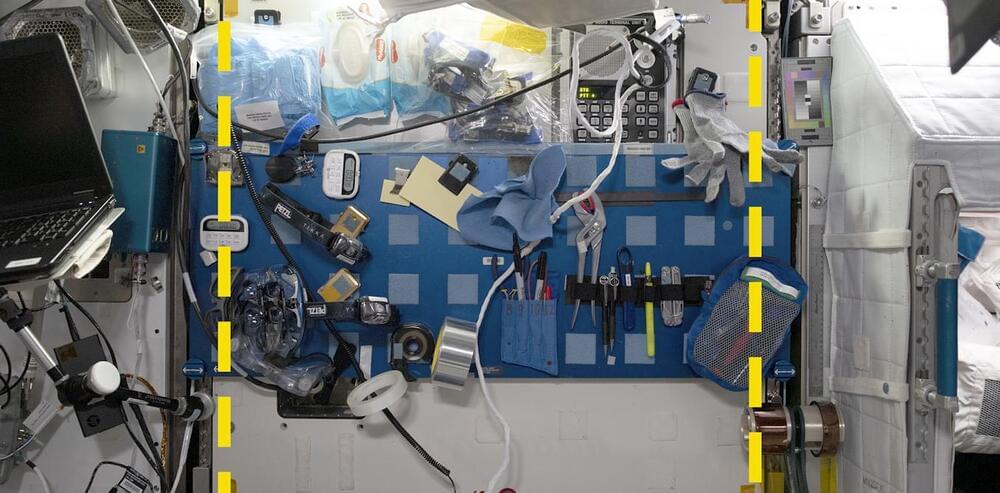

Many believe humanity’s climb upward may have been assisted by outsiders. Is this possible, and if so, what does that tell us about our own past… and future?
Watch my exclusive video Jupiter Brains \& Mega Minds: https://nebula.tv/videos/isaacarthur–…
Get Nebula using my link for 40% off an annual subscription: https://go.nebula.tv/isaacarthur.
Get a Lifetime Membership to Nebula for only $300: https://go.nebula.tv/lifetime?ref=isa…
Use the link gift.nebula.tv/isaacarthur to give a year of Nebula to a friend for just $30.
Join this channel to get access to perks:
/ @isaacarthursfia.
Visit our Website: http://www.isaacarthur.net.
Join Nebula: https://go.nebula.tv/isaacarthur.
Support us on Patreon: / isaacarthur.
Support us on Subscribestar: https://www.subscribestar.com/isaac-a…
Facebook Group: / 1583992725237264
Reddit: / isaacarthur.
Twitter: / isaac_a_arthur on Twitter and RT our future content.
SFIA Discord Server: / discord.
Credits:
Were Primitive Humans Uplifted?
Episode 459a; August 11, 2024
Produced, Narrated \& Written: Isaac Arthur.
Editor: Evan Schultheis.
Graphics: Jeremy Jozwik \& Ken York YD Visual.
Select imagery/video supplied by Getty Images.
Music Courtesy of Epidemic Sound http://epidemicsound.com/creator.
Sergey Cheremisinov, \
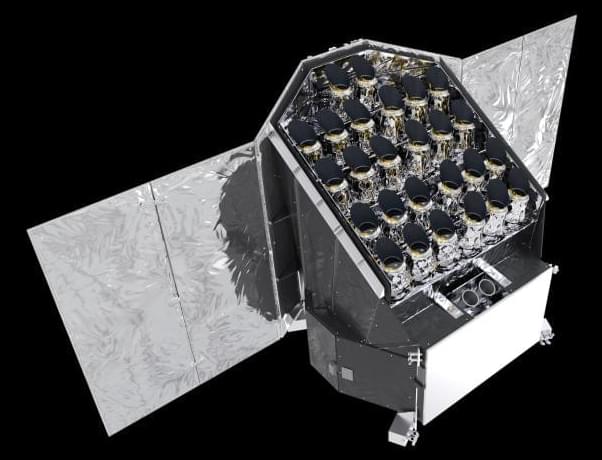
PLATO, or PLAnetary Transits and Oscillations of stars, is being built to find nearby potentially habitable worlds around Sun-like stars that we can examine in detail.
The space telescope will blast into orbit on Europe’s new rocket, Ariane-6, which made its maiden flight last week after being developed at a cost of €4billion (£3.4billion).
Dr David Brown, of the University of Warwick, is giving an update on the mission at the Royal Astronomical Society’s National Astronomy Meeting at the University of Hull this week.
Get a Wonderful Person Tee: https://teespring.com/stores/whatdamathMore cool designs are on Amazon: https://amzn.to/3QFIrFXAlternatively, PayPal donations ca…
Data centers are facilities that house the computing hardware used to process and store data. While some businesses maintain their own data centers on site, many others rely on ones owned and operated by someone else.
As our digital world continues to grow, demand for data centers — and clean electricity to operate them — is also increasing. To find out how we’ll be able to keep up, let’s look at the history of data centers, the challenges facing them, and ideas for overcoming those issues — on land, at sea, and in space.
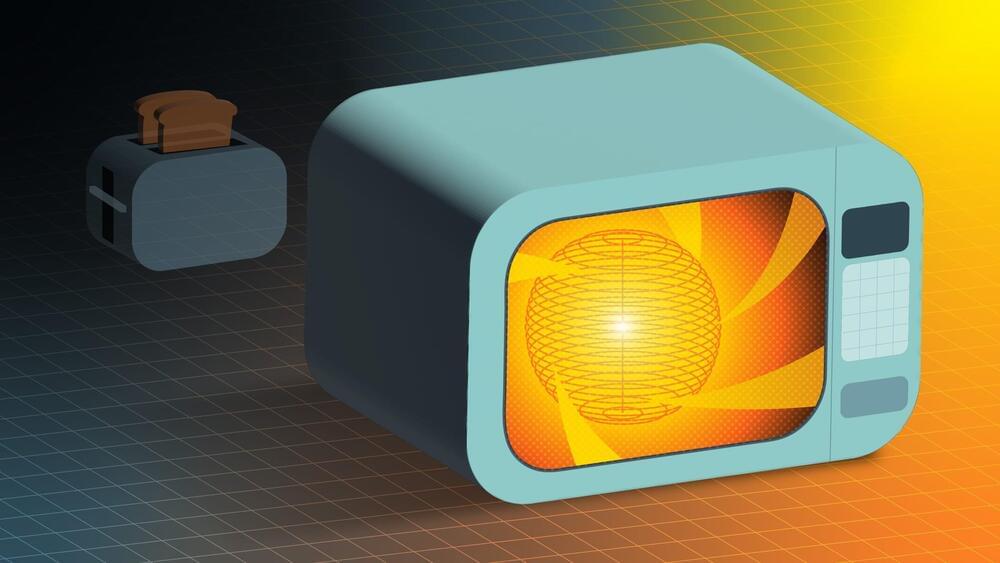
Some experts believe that the future of fusion in the U.S. may be found in compact, spherical fusion vessels. A smaller tokamak is seen as a potentially more economical solution for fusion energy. The challenge lies in fitting all necessary components into a limited space. Recent research indicates that removing one key component used to heat the plasma could create the additional space required.
Scientists at the U.S. Department of Energy’s (DOE) Princeton Plasma Physics Laboratory (PPPL), the private company Tokamak Energy, and Kyushu University in Japan have proposed a design for a compact, spherical fusion pilot plant that heats the plasma using only microwaves. Typically, spherical tokamaks also use a massive coil of copper wire called a solenoid, located near the center of the vessel, to heat the plasma. Neutral beam injection, which involves applying beams of uncharged particles to the plasma, is often used as well. But much like a tiny kitchen is easier to design if it has fewer appliances, it would be simpler and more economical to make a compact tokamak if it has fewer heating systems.
The new approach eliminates ohmic heating, which is the same heating that happens in a toaster and is standard in tokamaks. “A compact, spherical tokamak plasma looks like a cored apple with a relatively small core, so one does not have the space for an ohmic heating coil,” said Masayuki Ono, a principal research physicist at PPPL and lead author of the paper detailing the new research. “If we don’t have to include an ohmic heating coil, we can probably design a machine that is easier and cheaper to build.”
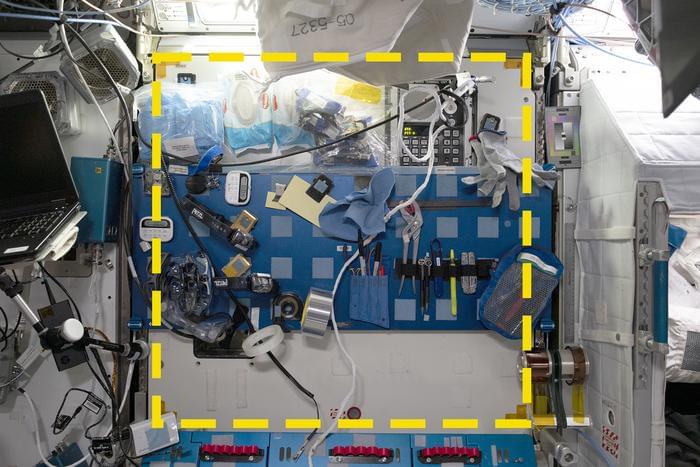
How do astronauts cope with life onboard the International Space Station (ISS) and how can scientists study it? This is what a recent study published in PLoS ONE hopes to address as an international team of researchers used archaeological investigation strategies to ascertain how ISS crew members managed their lives in space, specifically pertaining to the astronauts’ habits of using and storing the various materials onboard the orbiting outpost. This study holds the potential to help scientists better understand how humans cope with living in space for long periods of time, which could be useful for trips to the Moon and Mars, someday.
The study, known as the Sampling Quadrangle Assemblages Research Experiment (SQuARE) experiment, was conducted over a 60-day period between January and March 2022 where six common locations onboard the ISS were designated as “squares”, which is a common archaeology strategy of digging pits to ascertain the most viable areas of further investigation. During the study, the astronauts photographed each square every day to ascertain how they were used, and the researchers would compare that to the location’s original purpose.
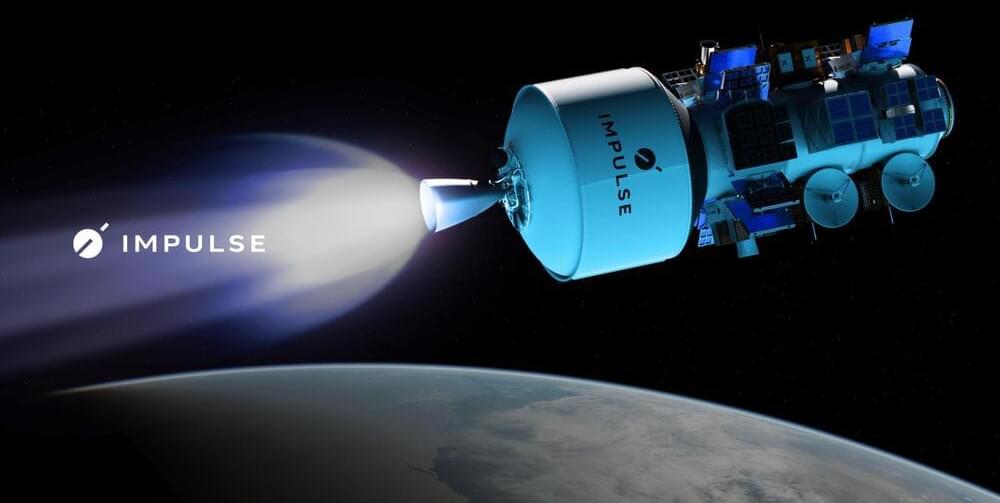
Impulse Space will use the upgraded Mira on LEO missions as well, with its first mission slated to launch in late 2025. Among the customers for Mira is in-space refueling company Orbit Fab, which will host a fuel depot on a Mira vehicle in 2026 as part of a mission to refuel the U.S. Space Force’s Tetra-5 satellite in GEO.
As it rolls out the upgraded Mira vehicle, Impulse Space is moving into development of Helios, including preparing to begin tests of the powerpack for the engine that will power the stage as well as working on tanks for the vehicle. Helios will also reuse avionics created for Mira.
“Last year was mostly about Mira and getting that LEO Express 1 mission up,” Mueller said. “This year is mostly about Helios.”
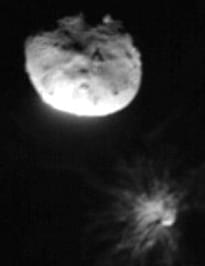
Images that NASA’s DART spacecraft captured of an asteroid moments before it intentionally collided with the object in 2022 have now allowed researchers to gain fresh insights into the celestial bodies.
The slew of studies published this week using data gathered from the asteroids Didymos and Dimorphos are an indication, researchers say, that the DART mission accomplished far more than just proving that potentially dangerous asteroids can be redirected from a trajectory toward Earth.
The findings published Tuesday across five research papers help to characterize the origin, evolution and physical characteristics of the two asteroids, located within 7 million miles of Earth. What the researchers discovered could help scientists better understand binary asteroids, such as Didymos and Dimorphos, in which the smaller body orbits the other.
Earth and Venus share some interesting similarities. Some of those similarities extend deep into the planets’ interiors.